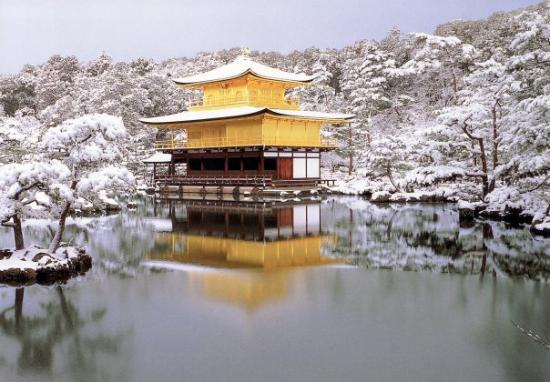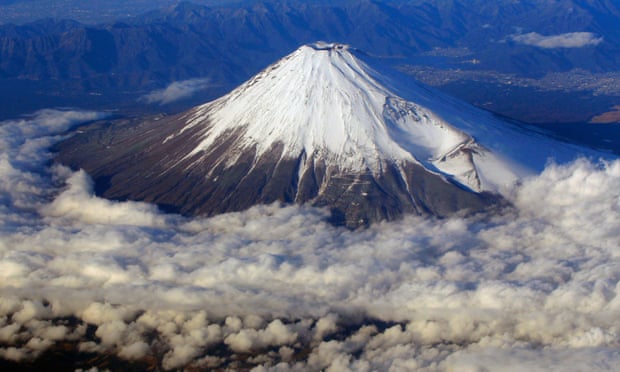The Beauty Of Underwater Wakatobi
Did you know that Indonesia has one of the most beautiful underwater paradise on Earth? The undersea paradise known as Wakatobi National Park located in the Wakatobi, South East Sulawesi, Indonesia.
The capital of the Wakatobi is Wangi - wangi. Wakatobi consists of four major islands, namely Wangi - wangi, Kalidupa, Tomia, and Binongko. So, Wakatobi is an abbreviation of the name of the four main islands. Before December 18, 2003, the Islands are called the Tukangbesi Islands and still part of the Regency Buton. Astronomically, Wakatobi is South of the Equator and as other areas in Indonesia, Wakatobi has two seasons, that is the rainy season and the dry season.
Wakatobi National Park which was established in 1996, with a total area of 1.39 million hectares, pertaining to marine biodiversity and coral that occupies one of the highest-priority position of marine conservation in Indonesia.
The beauty and richness of the Wakatobi National Park area in fact already well-known abroad, especially after the expedition of the Wallacea from United Kingdom in 1995 mentioning that in Southeast Sulawesi region is very rich in species of coral. There, there were 750 of the total 850 species of coral in the world. The configuration varies its depth ranging from flat to flattens out into the sea and the waters in some areas there is a steep bertubir. Its waters reach the deepest parts of 1044 m.
Nautical tourism is the tourism activity that has long been known and is the mainstay of tourism in the Wakatobi Archipelago National Park. A wealth of sea life this is not because the expanse of coral reefs along the vast waters of the underwater topography with a colorful like slop, flats, drop-off, atoll and underwater cave.
More than 112 species of coral from the 13 family include Acropora formosa, a. Hyacinthus, Psammocora profundasafla, Pavona cactus, Leptoseris yabei, Fungia molucensis, Lobophyllia robusta, Merulina ampliata, Platygyra versifora, Euphyllia glabrescens, Stylophora pistillata Tubastraea frondes, Sarcophyton, Sinularia, and throchelliophorum spp living harmoniously alongside other undersea dwellers.
The richness of species of fish belonging to the Park as much as 93 types of fish including (argus Cephalopholus), takhasang (Naso unicornis), pogo-pogo (Balistoides viridescens), napoleon (Cheilinus undulatus), red fish (Lutjanus biguttatus), Rabbitfish (Siganus guttatus), Amphiprion melanopus, specullum, Chelmon rostratus Chaetodon, Heniochus acuminatus, Lutjanus monostigma, Caesio caerularea, and others.
Wakatobi National Park also became the site of several kinds of seabirds such as the Brown booby (Sula leucogaster plotus), Pot (Charadrius peronii) Malay and Kingfisher (Alcedo atthis) Erasia nest. Some types of turtles also make the Park as their home such as hawksbills (Eretmochelys imbricata), loggerhead sea turtle (Caretta caretta), and the dark turtle (Lepidochelys olivacea).
The waters of the Wakatobi has a loyal guests who made the waters of Wakatobi as children play, the guest was none other than the sperm whale (Physeter macrocephalus). Typically, the herd of sperm whales are in the Wakatobi in November, while the other hemisphere freezes. In the relatively warmer waters of the Wakatobi and abundant feed can glut the belly of whales. Not only is it Wakatobi is also becoming the playground of Manta Rays (Manta ray) that his size belongs to the Giants. Manta Rays are one type of fish that is distinctive and unique, which is only found in tropical waters.
The existence of 25 fruit cluster of coral reefs and an ideal depth makes the waters in the Wakatobi Archipelago National Park an ideal place for many types of marine life to stay, making the sea dwellers here have aesthetic value and conservation.
Specifically left to Wakatobi Islands National Park beaches of coral islands along the 600 km as well as coastal tourism potential for managed, scattered throughout the territory of the Wakatobi. So if the area is not without reason the beach at Wakatobi is perfect for excursions such as diving, snorkeling, swimming and fishing.





